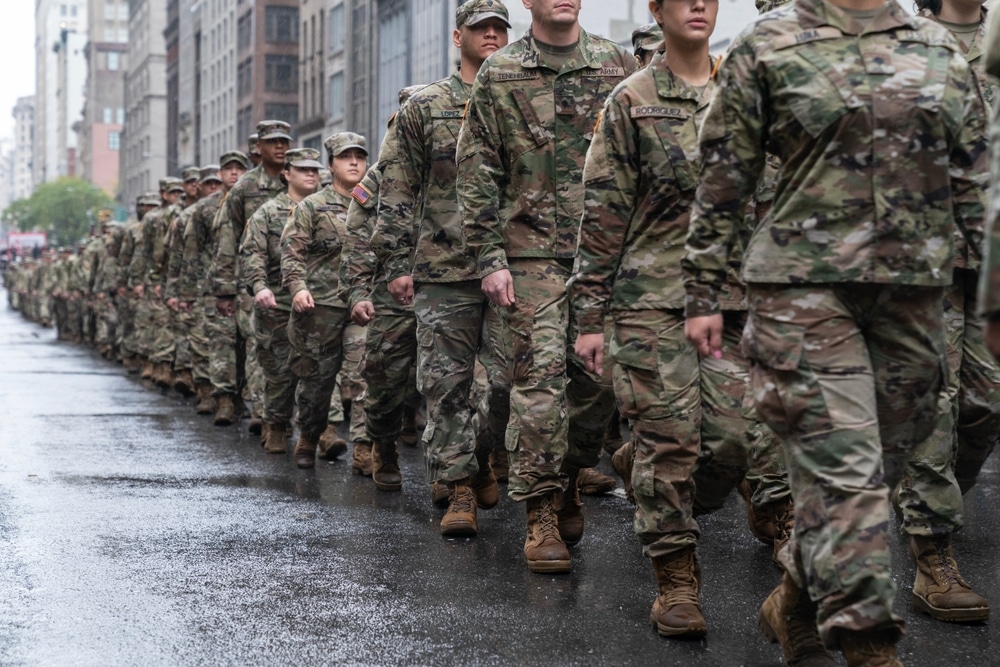Unfortunately, when the U.S. dropped two atomic bombs over Japan, the Japanese weren’t the only ones that suffered immediate and long-term adverse health effects. During the early 1900s, atomic bomb production took place at more than 30 sites across the U.S., the United Kingdom and Canada. In the 1940s, St. Louis, Missouri became home to the largest war industry plant in the U.S., which at its peak employed 35,000 St. Lousians and produced more than $1 billon rounds of ammunition each year.
In 1942, Mallinckrodt Chemical Company, located in the northern part of the city, began refining uranium used in the Manhattan Project, coordinated by a group of scientists committed to developing a viable atomic bomb. Mallinckrodt Chemical Co. extracted uranium and radium from ore before processing the elements. From 1946 through to the 1950s, radioactive byproducts were disposed of in a 22-acre open storage site near the midwestern city’s airport. In 1973, some of the waste was illegally dumped at the West lake Landfill. READ MORE


















Brother passed away of cancer in St. Charles two miles west of Lambert Airport.